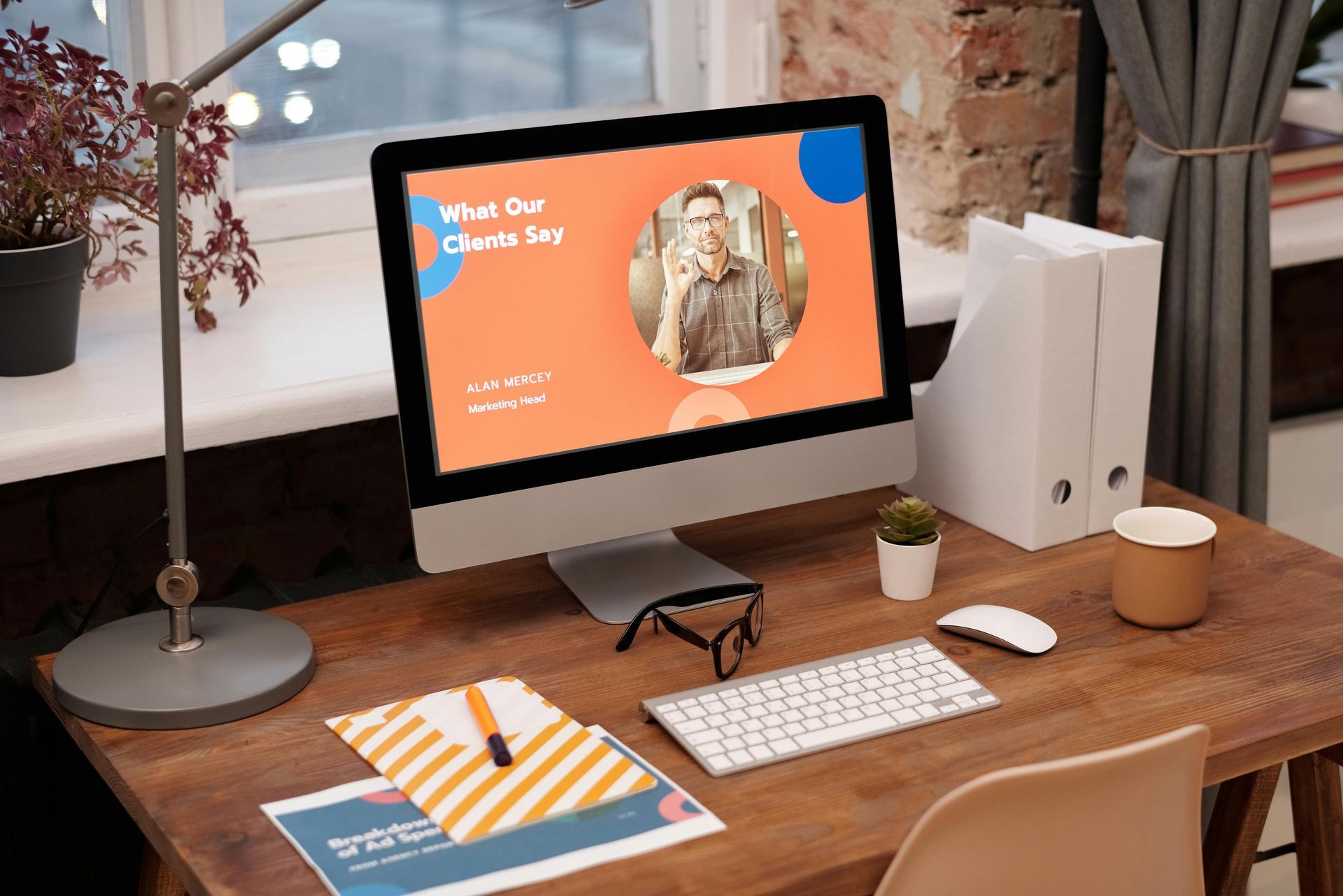How To Add Real Value To Your Newsletter So People Actually Read It
Let’s face it: Most newsletters don’t get read. They get deleted, ignored, or automatically filtered into some Promotions tab graveyard, right next to expired coupon codes and “Hey [First Name]” sales emails.
But here’s the thing: When done right, a newsletter can be one of the most powerful tools in your marketing arsenal. It keeps you in front of your audience without relying on algorithms, gives you a direct line to your best customers, and positions your brand as one they actually want to hear from.
We help businesses turn newsletters from spam-fodder into brand assets. And it all starts with one question: Are you giving your subscribers something they genuinely want?
Here’s how to make sure the answer is yes.
Know Who You’re Talking To
Before you write a single subject line, ask yourself: Who is this for? A newsletter for current customers shouldn’t look like one for cold leads. A newsletter for a tech-savvy crowd won’t read the same as one for busy parents or DIY homebuilders.
If you’re talking to everyone, you’re reaching no one. Segment your list when you can. Customize the message. Make sure it speaks to them, not at them.
You don’t have to personalize every email with surgical precision, but even acknowledging who your audience is and what they care about will set you apart from 90% of the inbox clutter.
Lead With Value, Not a Pitch
This is the golden rule: Don’t just sell—serve.
People aren’t signing up for your newsletter because they’re craving more ads. They want ideas, insights, tools, shortcuts, and perspective. The companies that earn loyal readers treat every email like a mini resource, not a megaphone.
That doesn’t mean you can’t promote your services. But promotions work better when they follow trust-building content. Teach first, sell second. When your readers learn something useful, they’re more likely to stick around, and more likely to buy when you make the ask.
Get to the Point (But Make It Worth Reading)
You’ve got seconds to hook someone before they click away. So make those first lines count. Be clear, punchy, and avoid fluff like “In today’s fast-paced world…” Nobody’s got time for that.
Instead, try something like:
- “Here’s the fastest way to get more leads from your homepage.”
- “A $0 strategy that doubled one client’s engagement rate.”
- “The one mistake that’s killing your newsletter open rate.”
Lead with a benefit or a curiosity gap, then deliver the goods. People will forgive a longer email if it’s genuinely useful or entertaining. But no one’s going to read five paragraphs of throat-clearing just to get to the point.
Use a Consistent, Human Voice
One of the easiest ways to add value? Sound like a human.
Too many newsletters read like they were written by a robot wearing a business suit. Ditch the jargon. Use contractions. Write like you talk, just a little tighter and clearer. That tone builds trust, and trust builds retention.
Don’t be afraid to show personality, either. Humor, honesty, and a bit of storytelling go a long way. People don’t just connect with content. They connect with voices they recognize.
Give Them Something They Can Use Right Now
Whether it’s a quick tip, a downloadable template, a behind-the-scenes insight, or a client case study, the best newsletters leave people feeling like they got something out of it.
Think in terms of takeaways. If your reader can apply or share something from your email within five minutes, you’re doing it right.
And don’t underestimate the power of curation. If you’re not creating new content every week, link to something helpful like an industry update, a great tool, or a podcast episode you think your audience will love. Position yourself as the person who saves them time and makes them smarter.
Make Engagement Easy
Every email should invite interaction, even if it’s just a click.
Ask a quick question. Link to a deeper article. Offer a reply-worthy prompt. These little touches increase open rates, boost deliverability, and help you build two-way relationships instead of one-way broadcasts.
Also, include clear, non-pushy calls to action. Want them to book a call? Try: “Need help applying this to your business? Let’s chat.” Want them to check out a service? Say: “Here’s how we’re helping clients do this faster.”
Soft CTAs feel more natural, and they convert better over time.
If It’s Worth Sending, It’s Worth Optimizing
Your newsletter is a relationship-building tool. And like any good relationship, it takes consistency, attention, and actual value. Don’t treat it like a box to check or a content dumping ground.
Treat it like a chance to show up regularly for the people who already said yes by subscribing.
At Right Tool Media, we help businesses build email strategies that engage, convert, and get results. Whether you’re starting from scratch or trying to revive a sleepy list, we can help you create a newsletter people actually want to open.
Want to make your next send your best one yet? Give us a call or send us an email, and let’s get to work.









